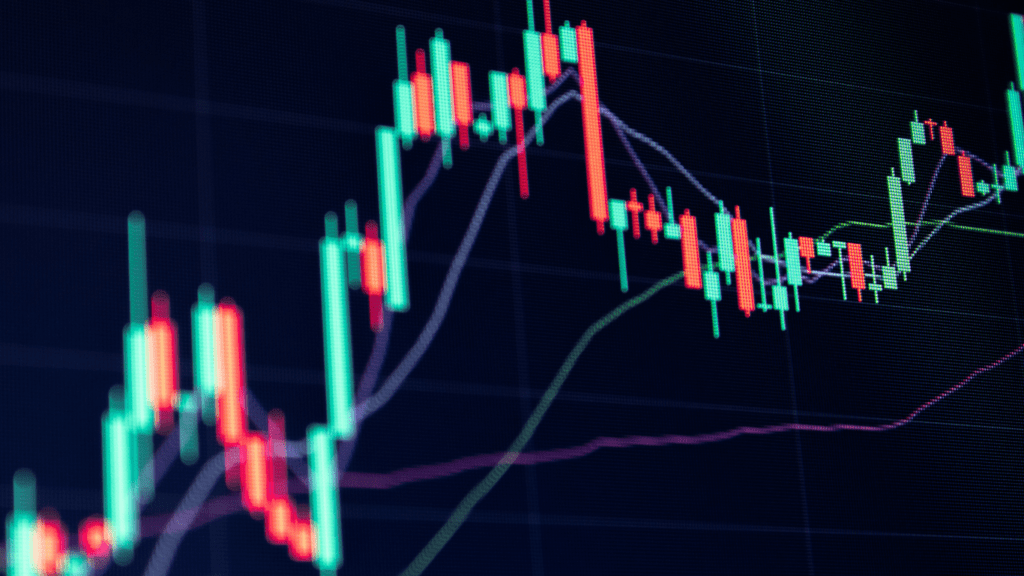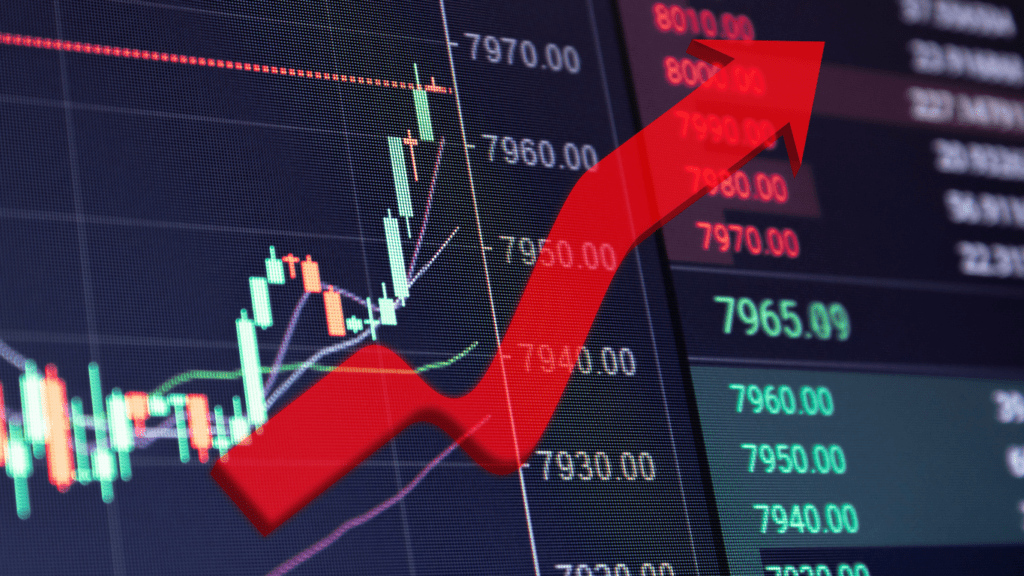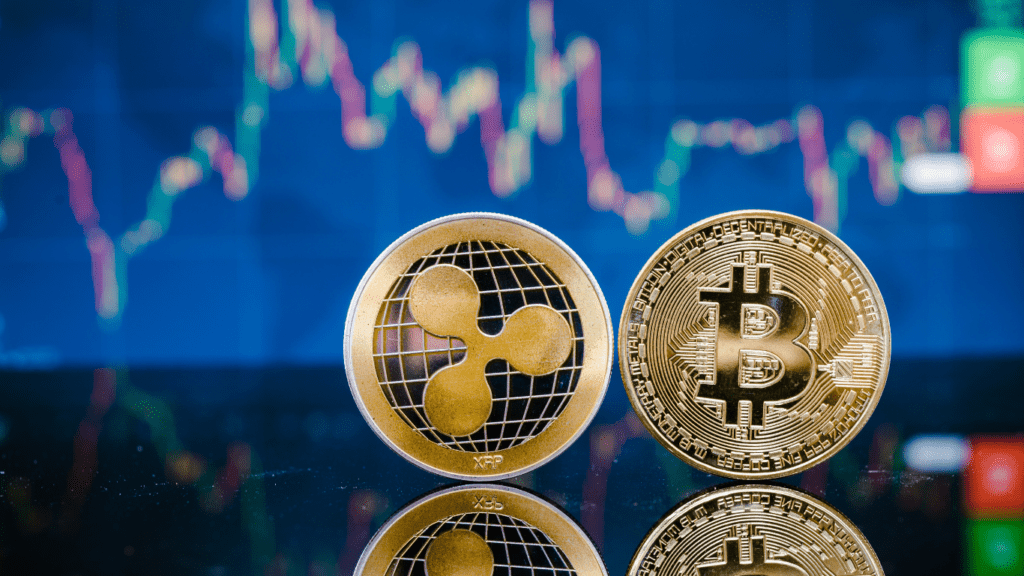The stock market’s constant ebb and flow can feel like a puzzle, leaving many wondering if we’re in a bull or bear cycle. Understanding where we stand isn’t just about numbers—it’s about recognizing patterns and navigating the emotions driving market behavior.
Understanding Market Cycles
Market cycles represent recurring patterns in financial markets dictated by economic forces and investor behavior. Recognizing these cycles helps anticipate trends and make informed decisions.
What Are Market Cycles?
Market cycles encompass periods of expansion and contraction within the economy, reflected in asset prices. These cycles vary in length and impact, influenced by factors like:
- economic policy
- corporate earnings
- global events
Bull cycles exhibit rising asset prices, while bear cycles feature declines over a sustained period.
Examples include the rapid bull market post-2009 financial crisis and the bear phase during March 2020’s pandemic-driven selloff.
Key Phases: Bull Vs. Bear Markets
Bull markets indicate confidence and growth, with indices like the S&P 500 increasing steadily. Positive investor sentiment and strong corporate performance often drive these periods. For instance, the 2010-2020 decade saw prolonged bull activity supported by economic expansion.
Bear markets follow, with prices declining over 20% from recent highs. Fear and uncertainty dominate, often triggered by recessions or geopolitical tensions. The 2008 recession serves as a notable example of a bear market phase, marked by shrinking investments and slower economic activity.
Current Market Indicators

Analyzing current market indicators helps identify whether we are in a bull or bear cycle. These indicators often reflect economic conditions, investor actions, and global events.
Economic Data And Trends
Economic data, such as GDP growth, unemployment rates, and inflation levels, offers insights into market direction. For example, rising GDP and stable inflation often signal expansion, characteristic of a bull market. Conversely, contracting GDP or spiking inflation typically aligns with bear cycles. Monitoring consumer spending and corporate earnings further clarifies economic health.
Investor Sentiment And Behavior
Investor sentiment drives market momentum in both directions. High risk appetite and optimism, seen in rising trading volumes and asset valuations, usually accompany bull markets. In bear cycles, fear dominates, increasing volatility indices like the VIX and prompting defensive moves, such as shifts into bonds and cash reserves.
Global Political And Financial Events
Geopolitical tensions, trade agreements, and central bank policies influence market conditions. For instance, interest rate hikes by the Federal Reserve can slow growth and trigger bear phases. Meanwhile, resolution of conflicts or economic stimulus packages often boost investor confidence, fueling bull markets.
Analyzing The Current Market Cycle
Understanding whether the market exhibits bull or bear characteristics involves assessing various indicators and trends. I’ll examine the evidence for each cycle and address mixed signals complicating the current outlook.
Evidence Of A Bull Market
- Indicators supporting a bull market include rising equity prices, improving corporate earnings, and strong GDP growth.
- In recent months, major stock indices like the S&P 500 have shown consistent upward movement, with some sectors—like technology and renewable energy—outperforming others.
- Reports of higher corporate revenues and profit margins further signal demand growth and economic recovery.
- Investor sentiment also aligns with bullish trends.
- Metrics like the AAII (American Association of Individual Investors) Sentiment Survey show heightened optimism, supported by increasing market participation from retail and institutional investors.
- Additionally, low unemployment rates and inflation near target levels, as seen in many developed economies recently, strengthen the case for expansion.
Signs Pointing Toward A Bear Market
Contrasting data suggest bearish potential, including contracting economic indicators and geopolitical uncertainties. Persistent inflation exceeding central bank targets continues to stress consumer spending and business investments. Recent Federal Reserve minutes highlight concerns about rate hikes potentially slowing economic growth further.
Market volatility remains elevated, with indices like the VIX (CBOE Volatility Index) reflecting investor concerns over recession risks. Reports of declining consumer confidence and slowing retail sales in key regions suggest reduced economic activity. Furthermore, global events—such as trade tensions and regional conflicts—exacerbate fears of prolonged market weakness.
Mixed Signals: Navigating Uncertainty
Market dynamics currently reflect a blend of bullish and bearish traits, creating a challenging environment for prediction. Select sectors demonstrate strong performance, while others face headwinds from slowing demand or rising costs. For instance, technology companies are growing despite persistent inflationary pressures affecting manufacturing and logistics.
Monetary policy plays a dual role, with rate stabilization supporting equities in some cases but tightening liquidity in others. Global uncertainty, coupled with inconsistent macroeconomic data, highlights the importance of diversification and risk management strategies for investors. Analyzing these mixed signals helps clarify potential market directions in the short- and medium-term.


 Founder & Blockchain Visionary
Founder & Blockchain Visionary

